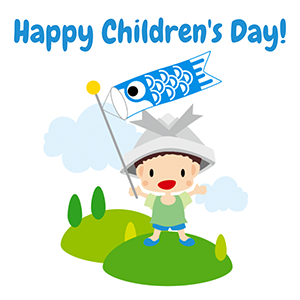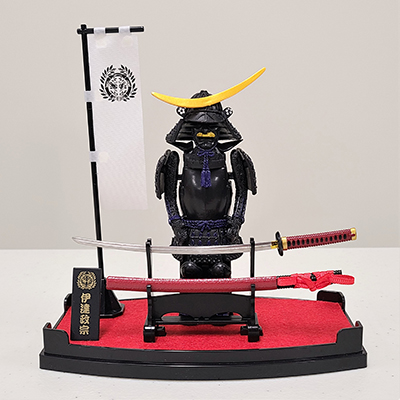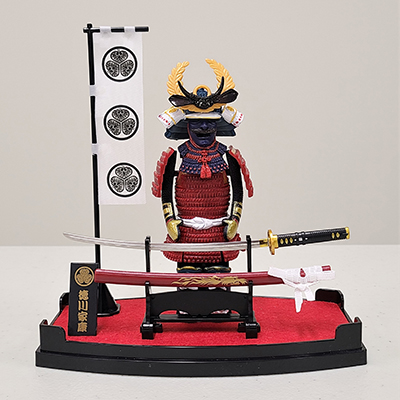Japan: Craft a Kabuto for Children’s Day
Children’s Day or Kodomo-no-hi
 One of Japan’s busiest holiday seasons is Golden Week. Four national holidays take place within the seven days of Golden Week. The holidays start each year on April 29 with Showa Day or Showa no hi, the former Emperor’s birthday. On May 5, the final celebration of Golden Week is Kodomo-no-hi, which translates to Children’s Day. Here’s a link for the pronunciation.
One of Japan’s busiest holiday seasons is Golden Week. Four national holidays take place within the seven days of Golden Week. The holidays start each year on April 29 with Showa Day or Showa no hi, the former Emperor’s birthday. On May 5, the final celebration of Golden Week is Kodomo-no-hi, which translates to Children’s Day. Here’s a link for the pronunciation.
Kodomo-no-hi is a day to respect children’s personalities, celebrate their happiness, growth, and health, and hope they are successful in life. It is also a day to recognize and appreciate parents and the qualities of family unity.
To learn more about Kodomo-no-hi, please see our post from last year.
A personal recollection
This month, Wake Forest student Minato Hiraoka (’23) shares his childhood memories and experiences of Kodomo-no-hi:
I was born in Kobe, Japan, but moved to the United States when I was still young. However, I traveled back and forth between Japan and the United States frequently. Since I grew up in both Japan and the United States, I had the opportunity to celebrate Kodomo-no-hi or Children’s Day around the world.
In Japan, there were several school events that occurred for Children’s Day. Some of these events included crafting our own origami kabuto (Samurai helmet), decorating koinobori (carp windsocks), and eating kashiwa mochi. Kashiwa mochi a rice cake filled with sweet bean paste and is wrapped with an oak leaf. During these events, we would be taught the history, symbolism, and significance of Children’s Day. Children’s Day was also widely celebrated around the neighborhood. Oftentimes, many street markets and parks would have items and events exclusively for Children’s Day.
When I moved to the United States, I attended a Japanese school on the weekends. This school replicated a traditional Japanese school. I would have a week’s worth of lessons in a weekend. The school was designed for students who are temporarily in the United States but are planning to move back to Japan. In this school, I had very similar events for Children’s Day as I experienced when I was in Japan. I recall that our school held picnics for us during the weekend of Children’s Day. My friends, classmates, and I ate lunch and socialized outdoors.
Children’s Day celebrations ended for me when I was around 12 years old. Now that I have become older, it is becoming my turn to celebrate the children of Japan on Children’s Day. As both a person that enjoys crafting and a food enthusiast, I recall enjoying many aspects of Children’s Day.
Kabuto (Samurai Helmet)
Because Kodomo-no-hi was originally a day for Japanese parents to celebrate their sons, many of those traditions continue. One of the most popular is the displaying of kabuto.
Japanese families decorate their homes with miniature samurai dolls dressed in armor called yoroi and the fierce-looking Japanese military helmet called kabuto. These represent a parent’s wish to raise strong, powerful, and independent boys.

This figure represents powerful Samurai Masamune Date (1567-1636). The mask of Darth Vader in Star Wars was modeled on his helmet.

This figure represents Samurai Ieyasu Tokugawa (1542-1616). He was the first Shogun of the Edo era, the longest and most peaceful Samurai period.
Let’s Craft a Kabuto!
When making your kabuto you will be doing origami. Origami is the Japanese art of folding paper. So your kabuto will be made just by folding paper!
You will need:
• Newspaper, packing or newsprint paper
• Scissors
• Markers, colored pencils or crayons
